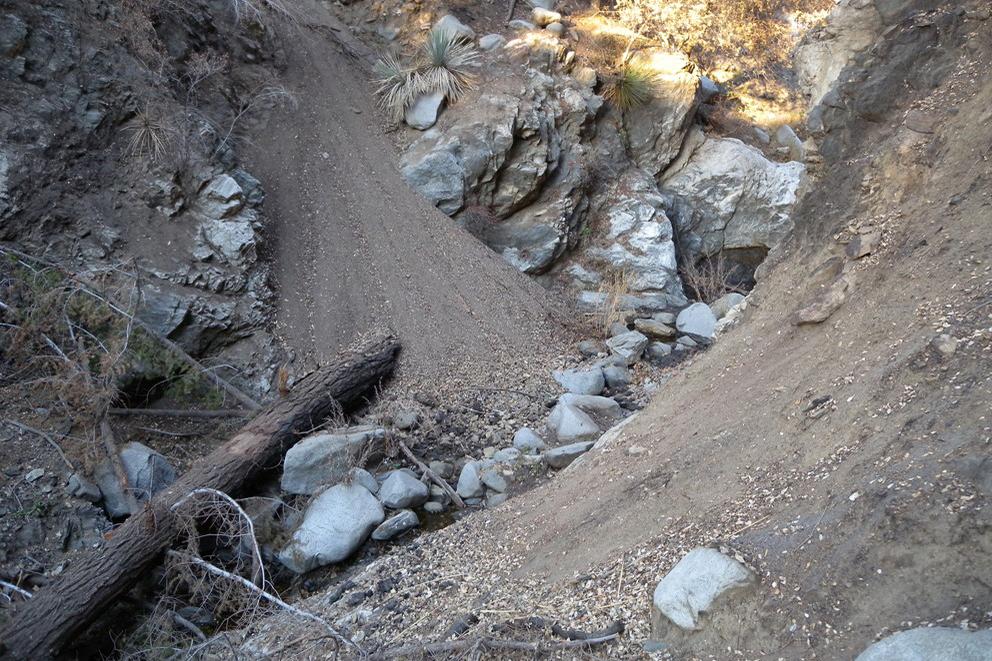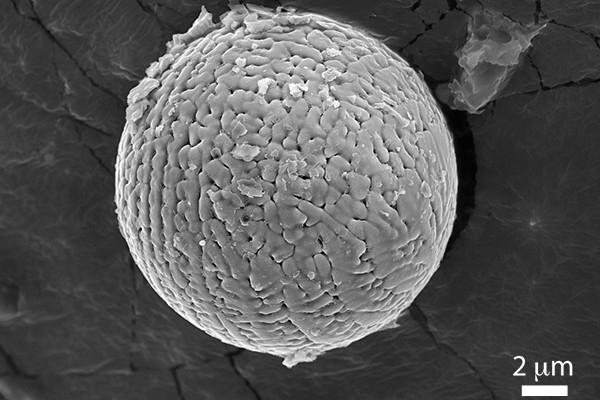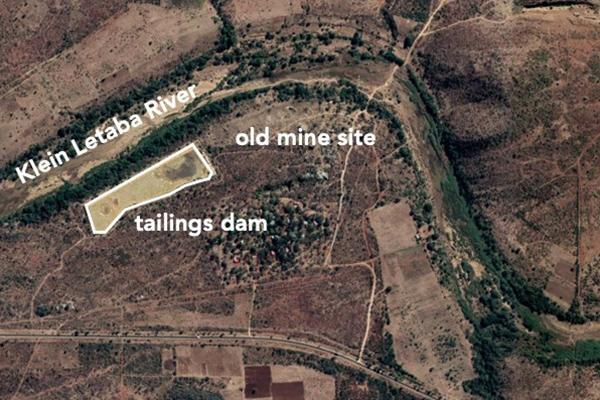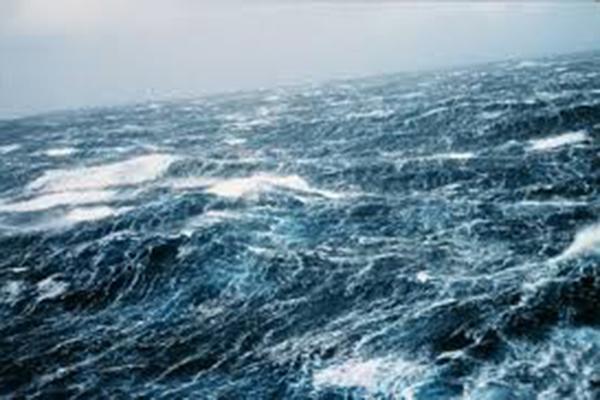Read the latest news about research conducted by investigators in the College of Earth and Mineral Sciences. Our faculty and students are continually advancing technology, creating solutions and expanding knowledge with new and innovative research.
The mudslides that follow wildfires in Southern California can be deadly and difficult to predict. New research can help officials identify areas prone to these mudslides and respond before disaster occurs, according to scientists.
Roofs and the downwind sides of buildings in street canyons have the lowest levels of particulate matter during a single-source pollution event, according to Penn State researchers.
Penn State researchers seek to overcome hurdles in natural-gas vehicle storage by creating a less expensive and more efficient storage system with funding from the U.S. Department of Energy.
Iron micrometeorites found in ancient soils suggest carbon dioxide made up 25 to 50 percent of Earth’s atmosphere 2.7 billion years ago, and that pressure at sea level may have been lower than today, Penn State researchers said.
A team of researchers has developed a technique to quickly and sensitively characterize defects in 2D materials like those that could be used by the semiconductor industry.
Approximately twice as much methane is seeping into the atmosphere than the Environmental Protection Agency estimates from oil and gas facilities in the south central U.S., according to a series of measurements taken by meteorologists using NASA aircraft.
A highly sensitive, wearable gas sensor for environmental and human health monitoring may soon become commercially available, according to researchers at Penn State and Northeastern University.
Use of an AC rather than a DC electric field can improve the piezoelectric response of a crystal. Now, an international team of researchers say that cycles of AC fields also make the internal crystal domains in some materials bigger and the crystal transparent.
Is there a way to turn waste into a useful resource and at the same time reduce environmental degradation from closed mines? That’s what visiting South African scholar Nemapate Ndivhuwo wants to find out.
The Atlantic Multidecadal Oscillation (AMO) and the Pacific Decadal Oscillation (PDO) do not appear to exist, according to a team of meteorologists who believe this has implications for both the validity of previous studies attributing past trends to these hypothetical natural oscillations and for the prospects of decade-scale climate predictability.












